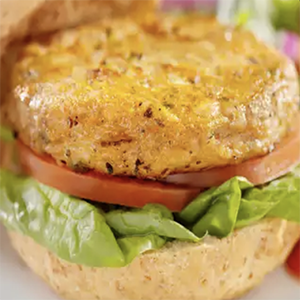DNA metabarcoding for identification of species used in fish burgers

Accepted: 23 May 2022
Supplementary Tables: 59
HTML: 25
All claims expressed in this article are solely those of the authors and do not necessarily represent those of their affiliated organizations, or those of the publisher, the editors and the reviewers. Any product that may be evaluated in this article or claim that may be made by its manufacturer is not guaranteed or endorsed by the publisher.
Authors
The absence of morphological identification characters, together with the complexity of the fish supply chain make processed seafood vulnerable to cases of species substitution. Therefore, the authentication and the traceability of such products play a strategic role in ensuring quality and safety. The aim of the present study was to detect species used in the production of multi-species fish burgers and to evaluate mislabelling rates, using a DNA metabarcoding approach by sequencing a fragment of the 16S rRNA mitochondrial gene. The study highlighted the presence of 16 marine and 2 mammalian taxa with an overall mislabelling rate of 80%, including cases of species substitution, the undeclared presence of molluscs and of taxa whose use is not permitted by current Italian legislation. The presence of swine DNA as well as the inclusion of undeclared taxa potentially causing allergies raise concerns regarding consumer safety and protection regarding ethical or religious issues. Overall, the study shows that the application of DNA metabarcoding is a promising approach for successfully enforcing traceability systems targeting multi-species processed food and for supporting control activities, as a guarantee of an innovative food safety management system.
How to Cite
PAGEPress has chosen to apply the Creative Commons Attribution NonCommercial 4.0 International License (CC BY-NC 4.0) to all manuscripts to be published.

 https://doi.org/10.4081/ijfs.2022.10412
https://doi.org/10.4081/ijfs.2022.10412



